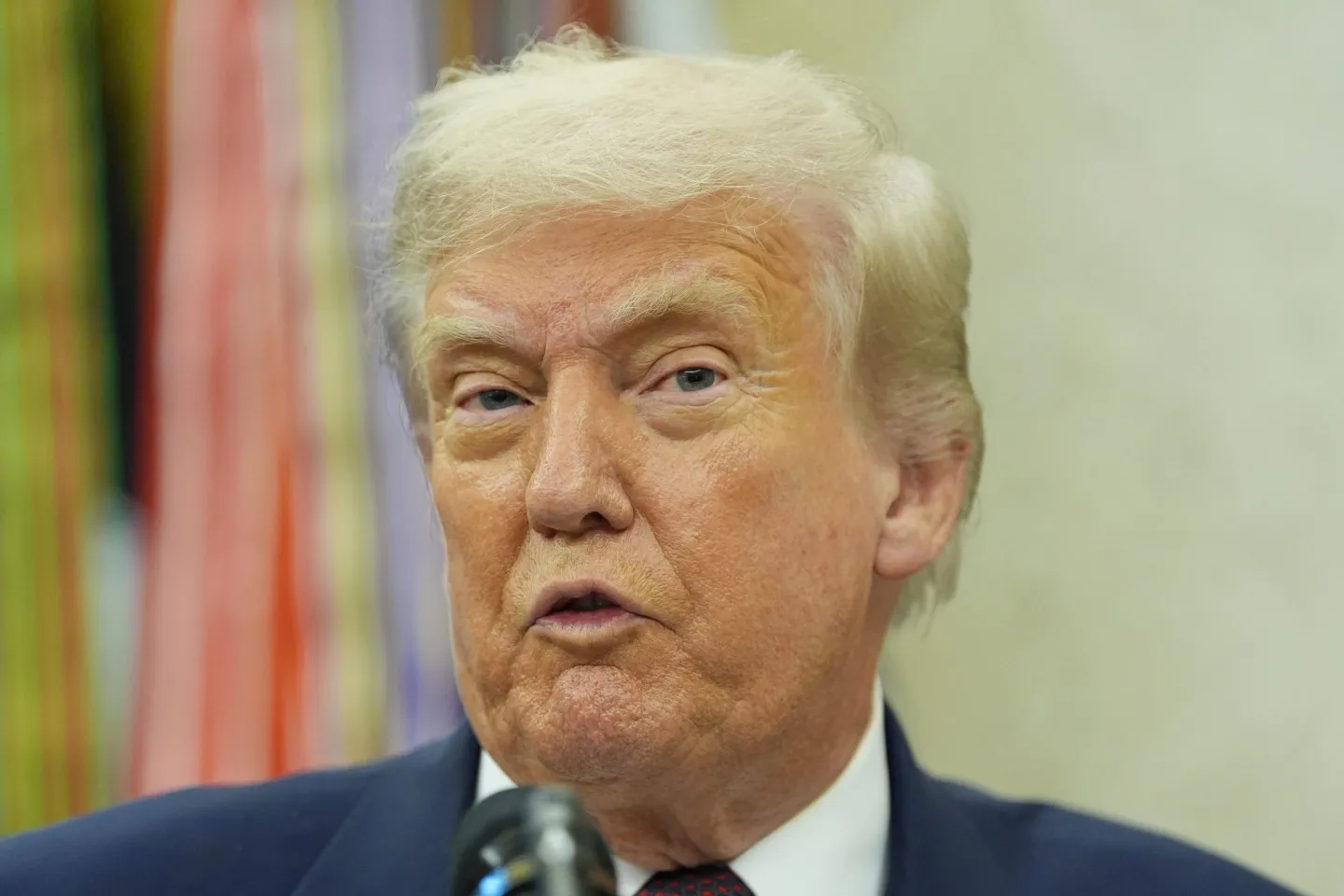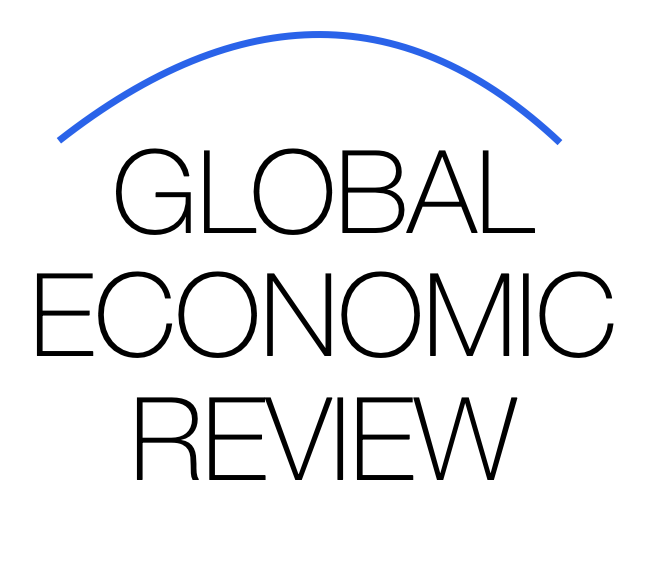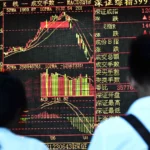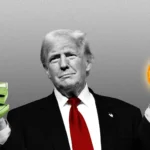Trump Unveils Sweeping Tariffs Near 100% on Chips and Semiconductors, Sparking Industry Concerns

In a bold escalation of his trade policy, President Donald Trump has announced plans to impose tariffs of approximately 100% on imported chips and semiconductors. This dramatic move marks one of the most aggressive efforts yet to reshape the global technology supply chain and exert pressure on key trading partners, particularly China.
A Game-Changer for the Semiconductor Industry
Chips and semiconductors form the backbone of modern technology—from smartphones and computers to automotive systems and military hardware. By imposing near-doubling tariffs, the U.S. government aims to incentivize domestic manufacturing and curb reliance on foreign producers. However, industry experts warn the tariffs could disrupt global supply chains, increase costs for manufacturers, and slow innovation.
Strategic Motives Behind the Tariffs
Trump’s announcement fits into a broader strategy to protect American technological leadership and national security. The U.S. administration has repeatedly expressed concerns over the risks posed by overdependence on foreign chip suppliers, especially from countries with geopolitical tensions. These tariffs are also intended as leverage in ongoing trade negotiations, pushing countries to comply with U.S. demands on intellectual property, market access, and fair competition.
Industry and Market Reactions
The semiconductor industry has reacted with alarm. Companies relying heavily on imported components warn of supply bottlenecks and soaring production costs. Some firms have already started exploring alternative supply routes or accelerating plans to build fabs within the U.S., but experts say the transition could take years. The tariffs may also lead to price increases for consumer electronics and vehicles, squeezing both manufacturers and end-users.
Financial markets showed volatility following the announcement, reflecting uncertainty about the long-term economic impact. While some investors see potential benefits in boosting U.S. manufacturing jobs, others fear that retaliatory measures by trade partners could harm exports and dampen global growth.
Political and Global Implications
Beyond economics, the tariffs highlight the escalating technological rivalry between the U.S. and China. The semiconductor sector has become a frontline in this competition, with both nations racing to dominate AI, 5G, and other emerging technologies. The tariffs may provoke retaliatory tariffs or other trade restrictions, raising the stakes for diplomatic relations.
Outlook
As the tariffs take effect, companies and governments worldwide will closely monitor how the market adjusts. There is a strong push for increased investment in domestic chip production and supply chain diversification. The coming months will be critical in determining whether these tariffs strengthen U.S. technological sovereignty or trigger unintended disruptions across the global economy.
If implemented fully, Trump’s tariffs on chips and semiconductors could reshape the tech landscape for years to come—balancing national security ambitions against economic realities and international cooperation.

















